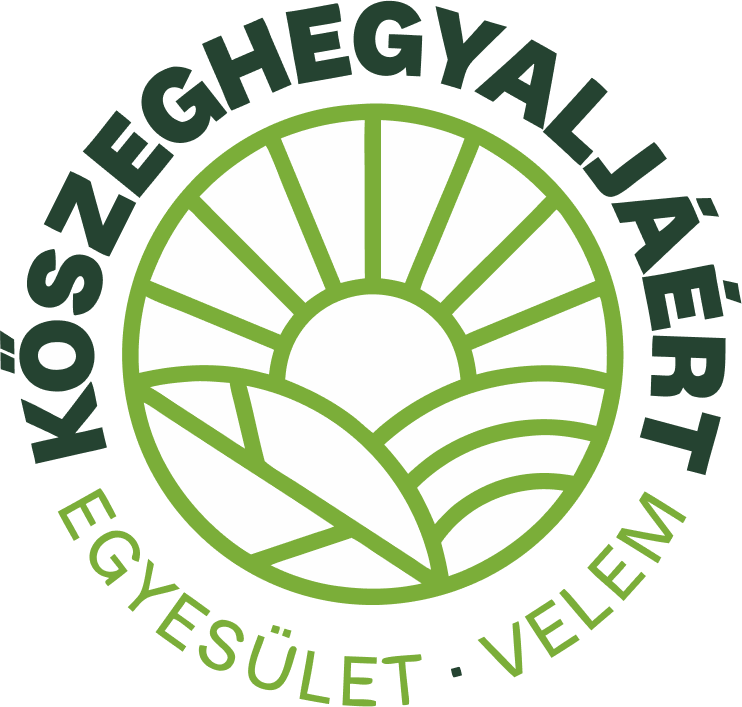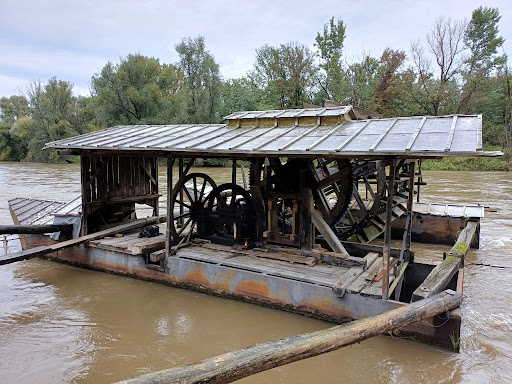Project title: Establishment of a cross-border scattered milling museum
Project budget (ERDF co-financing): EUR 380.768,42
Project duration: 1.7.2024 – 30.4.2027
Project Partners: Razvojno informacijski center Slovenska Bistrica; BABIČEV MLIN NA MURI – zavod za ohranjanje, razvoj in promocijo Babičevega mlina na Muri, Veržej; Muraba Európai Területi Társulás; Országos Szlovén Önkormányzat – Državna slovenska samouprava; Kőszeghegyaljáért Egyesület
The From Mill to Mill project is a response to the challenge of the lack of appropriate programming and, at the same time, marketable content to save one of the most important elements of rural tradition and immovable cultural heritage of all regions involved in the project, namely the old mills, from their slow deterioration and disappearance. The challenge is not local, nor regional, nor just Slovenian or Hungarian, but omnipresent in the rapidly changing rural space of modern Europe. This cross-border project therefore addresses only part of a more complex problem, but for the first time it offers solutions that have never existed before in this region. The project will create the first cross-border scattered milling museum, which will be a new tourist destination, bringing to the mills, through a new tourist product and brand, target groups who no longer want to grind their grain in these mills, but who, primarily as tourists, want to get to know and enjoy the story of the former milling industry, as it will be offered to them in the new museum. This will make it much easier to answer the question of the viability of the mills’ continued existence, as tours, guided visits and the sale of souvenirs will provide a significant proportion of their additional income. The story of milling cannot be told well enough with a single mill, and all the different mills are nowhere near close enough to take just a few steps to see them. The story that emerges from this project is interesting because it includes some of the most representative mills on both sides of the border: a small family mill by a torrent, a large and partly floating mill on a river, a mill on a hill with a windmill to harness wind power, a mill by a stream that also grounded pumpkin seeds and was powered by wood gas, a mill by a stream that runs on falling water from a dam, and the list goes on and on. In some ways, these mills are all similar, but they are also very different – especially in the way they use energy to grind grain. New mills will be added to the story as the museum continues to attract new mills to enrich its offer. The main objective of the project is to “kill several birds with one stone”, i.e. to contribute to the prevention of the disappearance of mills as invaluable elements of the immovable cultural and technical heritage by integrating them into the common story of the milling museum, and then to attract new tourist visitors through a new tourist offer of the mills as a tourist destination of the area covered by the mills; the third “bird” is to improve the skills and knowledge of the operation of the mills through the training of tourist and educational staff and the production of special thematic materials for schoolchildren; and the fourth “bird” is to increase the existing level of awareness among the widest possible section of the population of the vital importance of the mills today, through a series of media activities and the organisation of events at the mills.
The concrete results of the project are scattered among the impact indicators in terms of performance. The first indicator relates to the solution of the initial problem of the whole project, which is the lack of sense in the continued existence of the mills as cultural heritage objects. The solution or the chosen approach to addressing the initial challenge, which is at the same time long-term and interesting for tourism and the market, and which is logistically, personnel-wise, financially and organisationally feasible at the given time, is the institutionalisation of the management of the mills, i.e. the establishment of the museum’s governing body and the adoption of a management plan for the management of the museum. The next indicator follows the previous one and pursues the project objective of ensuring the functional operationalisation of the institutionalisation of the network of mills through the cross-border cooperation of 5 organisations. The third indicator aims at objectives of linking and interacting the different organisations on both sides of the border through a common offer, a common visibility, a common organisation of the management of the mills and a common media campaign.
Almost everything about this project is new and original, because there has never been anything like it in this region: scattered museums may be a familiar practice, but there is nowhere else to find a cross-border scattered museum. The approach to solving the problem is also new, as a new management body will be established, a new organisation that, with the support of the profession, will carry out all the tasks of managing the museum. The basic document will therefore be a management plan, a kind of common strategy, which will define how specific tasks will be carried out in order to make the museum as successful as possible and to maximise the number of tourist visits.



